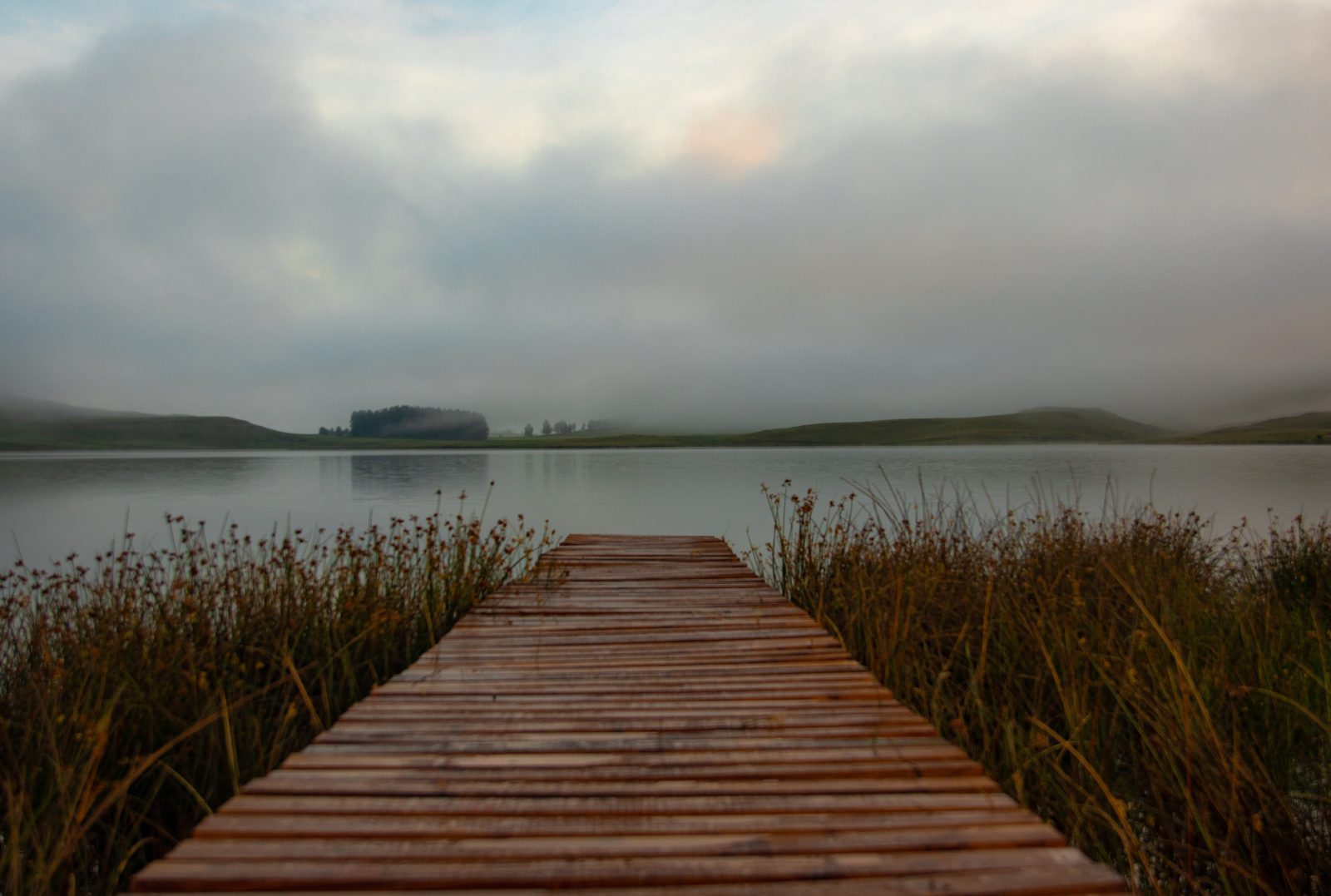The Brno Reservoir in the Czech Republic has been known for its algae problem, making the water unsafe for swimming during summer. However, recent measures have significantly reduced the amount of algae in the reservoir, allowing visitors to continue swimming without issue.
In the past, the Brno Reservoir would become a thick, green sludge due to algae growth. This often occurred as early as mid-July, effectively ending the swimming season. But the situation has drastically improved in recent years, and this year’s water quality is reportedly excellent.
The measures implemented to improve water quality have been effective, according to hygienists and employees of Povodí Moravy. Despite the recent heat wave and minimal water flow in the reservoir, the quality of the water has been rated as a 2 out of 5 by the Regional Hygiene Station.
Measures to reduce the amount of phosphorus in the reservoir have been particularly successful. By reducing the amount of phosphorus entering the pool, algae growth has been minimized. Unique air diffusion towers have also been installed to mix and aerate the water, making it more difficult for algae to thrive.
The measures have been in place since May this year and have successfully maintained water quality. Most dissolved phosphorus is now captured and prevented from entering the reservoir, reducing the amount of nutrients available to algae. Despite high temperatures and low water flow, algae growth has been significantly limited. Any decline in water quality has been attributed to natural causes, such as stormwater runoff and the development of phytoplankton.
Overall, the measures taken to improve water quality have been successful, and the water quality in the Brno Reservoir is excellent. Visitors can continue to swim without issue, and the situation is expected to remain stable throughout the summer.
Efforts to improve water quality will continue, with plans to replace the current air diffusion towers with new mixing towers. These improvements are expected further to reduce the amount of algae in the reservoir.
The measures implemented in Brno can serve as an example for other areas dealing with algae problems in bodies of water. With careful attention and consistent effort, water quality in these areas can be significantly improved, allowing for safer and more enjoyable swimming experiences.





